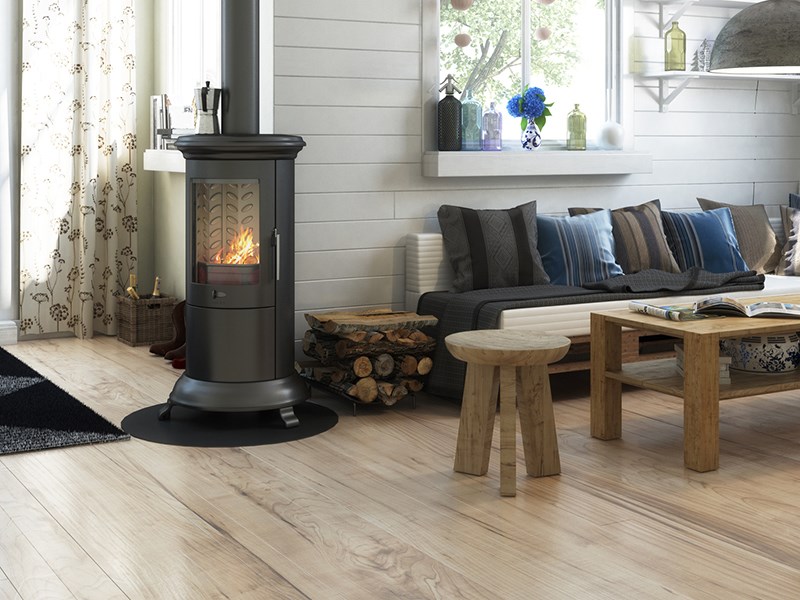It’s the time of year where budding crocuses meet flash hailstorms. We can almost smell spring, but are undoubtedly still grateful for the warmth offered by our wood stoves on damp days.
Just how your neighbour feels about your wood stove, however, might be an entirely less romantic tale. What, how and when we light up our hearth can have a significant impact on the air quality leaving our chimney, not to mention how much wood we need to buck to stay toasty.
No matter how efficient your wood stove, the wood that best feeds it is clean, untreated and properly dried. Anything other than this is, at best, a waste of wood and at worst a health and fire hazard.
Burning treated or painted wood, junk mail, plastic and other bits of garbage inevitably pollutes the air in your home and neighbourhood with toxic emissions. Drying wood under cover for six months should cure it to the desired 20 per cent moisture content. You can test for this with a moisture meter or a simple knock of a knuckle once you get familiar.
To make the most efficient use of your cured wood, regularly remove ash build up from your stove; this can be a great addition to soil when dried and used correctly. Start fires with small kindling and newspaper or brown paper bags with the fire vents open, adding firewood once kindling is nearly burnt.
Avoid overloading the firebox with too much wood at any one time, and close the vents to prevent unnecessary heat loss up the chimney when your fire is established. Checking the venting index for our region is not required for indoor fires, but a kind consideration for neighbours, as certain weather conditions prevent smoke from dissipating.
If you need an easy kickstart for your fire, OneLight sells fire starters made of toilet paper rolls, recycled wax and clean wood waste. You can drop off toilet paper rolls and remnants of wax (bees, soy, paraffin) in the OneLight collection bins at Town Centre Recycling Depot to be part of this local social enterprise.
Wondering if your fire is burning “smart?” Take a peek at your chimney after the fire is established; there shouldn’t be any smoke visible. Essentially, smoke is unburned fuel. Environmental Protection Agency (EPA) certified stoves avoid this waste by giving a secondary or even tertiary burn opportunity that results in up to 70 per cent less smoke and 30 per cent less firewood needed for the same amount of heat. As of May 2020, new wood stoves are limited to producing 2.0 grams of particulate per hour, compared with the 42 grams chugged out by stoves sold in the 1970s and 1980s.
Spring is a great time to consider upgrading your ancient wood stove to a cleaner burning model, as the Wood Stove Exchange Program offers up to $400 rebates for this, and $550 for changing over to gas, pellet and propane stoves, or an electric heat pump. Additional rebates may apply to the latter group as well. More information is available on the qathet Regional District website.
Curious to learn more? Stay tuned at LetsTalkTrash.ca for Let’s Talk Trash’s upcoming virtual workshop on Burning it Smart.
We can all contribute to keeping the air in our region some of the cleanest in the world.
Let’s Talk Trash is qathet Regional District’s waste-reduction education program. For more information, email [email protected].



